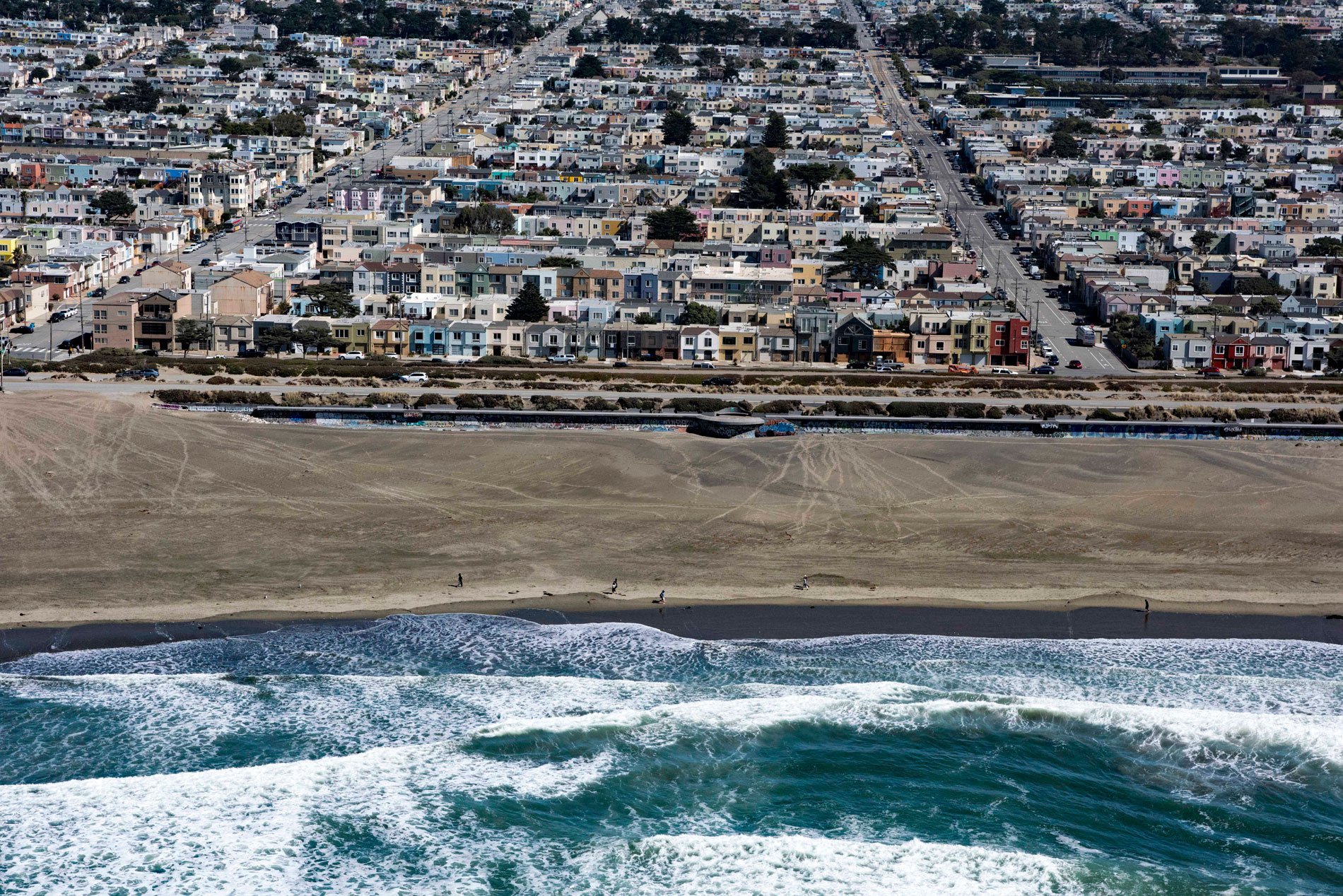King Philip was a clipper ship that wrecked in 1878 on Ocean Beach, on the west coast of the San Francisco Peninsula in the Sunset District, about 1 mile (1.6 km) south of Golden Gate Park and 7 miles (11 km) west-southwest of downtown San Francisco, California. Ocean Beach is part of the Golden Gate National Recreation Area and is under administration by the National Park Service. King Philip was named for Metacomet, a Wampanoag war chief who led an armed conflict in 1675-1678 against New England colonists.
Plymouth Colony was the first permanent English colony in New England, existing from 1620 to 1691. It was first settled by passengers from the Mayflower, at a location that had previously been surveyed and named by Captain John Smith. In the spring of 1661, Metacomet’s brother Wamsutta appeared before the court of the Plymouth Colony, following the death of their father Massasoit, to request that he and his brother be given English names in accordance with Wampanoag custom to mark significant events. The court agreed and Wamsutta had his name changed to Alexander, and Metacomet’s was changed to Philip. Metacomet was later called “King Philip” by the English colonists.
The clipper ship King Philip was built in 1856 on the Sheepscot River in Alna, about 8 miles (13 km) upstream from Wiscasset, Maine . The ship was a medium-sized clipper displacing 1,194 tons with a narrow wooden hull and three masts carrying a large total sail area. These fast ships were ideally suited to low-volume, high-profit goods, such as tea, opium, spices, people, and mail. One of the most profitable routes, especially during the California Gold Rush, was from ports on the U.S. east coast to San Francisco, on a route around Cape Horn, which is famous for its violent storms. King Philip had a troubled history, including at least two mutinies or sailors’ rebellions, with the ship surviving being set on fire on both of those occasions. On January 25, 1878, King Philip left San Francisco Bay under the command of Captain A.W. Keller. There was no wind so a steam-powered tugboat towed the ship out of the bay. When the tug and tow were outside the Golden Gate, the tugboat crew were required to respond to the accidental death of a captain on another vessel, and they had to release the tow. King Philip dropped an anchor but the anchor did not hold and the clipper drifted with the current towards the beach and ran aground in heavy surf, which caused the ship to break apart. Today, the wreckage is occasionally exposed by shifting sands and is considered the best-preserved of the many shipwrecks in the bay area. Read more here and here. Explore more of Ocean Beach here:

